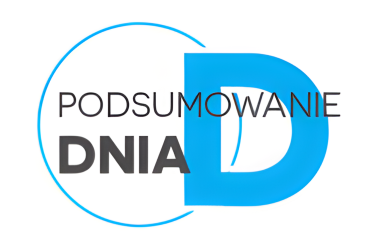- Wall Street moved into decline after higher-than-expected PPI inflation readings dampened investor expectations regarding the path of interest rate cuts in the US. The Russell 2000 small-cap index (US2000: -2%) lost the most, followed by the Dow Jones (US30: -0.5%), S&P 500 (US500: -0.2%) and Nasdaq (US100: -0.1%).
- The relative resilience of the US100 stems from optimism about tech mega caps (Netflix: +2.8%, Amazon: +2.6%, Alphabet: +0.8%, Microsoft: +0.75%, Intel: +0.15%).
- Producer price inflation (PPI) rebounded after a mild June, rising from 2.4% to 3.3% year-on-year (forecast: 2.5%), while the core reading was as high as 3.7% (the highest since April 2025). The largest contributors to the reading were prices of vegetables, heating oil, distillates, diesel, electronics, and steel and iron scrap.
- The jump in producer inflation generated a rebound in US 10-year yields, which gained nearly 6 basis points today.
- According to Alberto Musalem, president of the Federal Reserve Bank of St. Louis, it is too early to talk about an interest rate cut in September, and current data does not justify the 50 basis point cut proposed by Treasury Secretary Scott Bessent.
- The second key market factor driving the current volatility is the anticipation of talks between Trump and Putin on the war in Ukraine. The scenario of a sudden ceasefire announcement remains undervalued by the market (37%), so a surprise could significantly change the trading situation in selected sectors. The meeting is scheduled to take place tomorrow at 9:30 p.m. BST.
- On the forex market, we are primarily seeing a rebound in the dollar on the back of less dovish expectations regarding Fed policy (USDIDX: +0.55%). The Antipodean currencies are performing the worst (AUDUSD: -0.9%, NZDUSD: -1.1%), while the yen (USDJPY: +0.3%), franc (USDCHF: +0.4%) and pound (GBPUSD: -0.4%) are showing the strongest resistance. EURUSD is down 0.6% to 1.163.
- In the second quarter of 2025, the eurozone economy slowed significantly, although it managed to maintain positive growth. According to Eurostat data, the GDP of the entire bloc grew by 0.1% on a quarterly basis, confirming earlier estimates. A worrying signal came from the industrial sector. In June, industrial production in the eurozone fell by as much as 1.3% month-on-month, while economists had expected a slightly smaller decline (-1.0%). Despite the weakening of the industrial sector, employment across the eurozone also rose by 0.1% in the second quarter, suggesting that the labor market remains resilient.
- Improved sentiment towards the dollar led to greater declines in gold and silver prices. GOLD is down 0.57% intraday today, while SILVER is down 1.36%.
- The increase in natural gas inventories in the US temporarily lowered NATGAS prices, but the early declines were quickly erased and the commodity is currently gaining 0.36%.
- There is widespread pessimism on the cryptocurrency market: Bitcoin is down 4% to $118,000, Ethereum is down 3.3% to $4,560, and Dogecoin (-7.9%), Polygon (-5.8%) and Ripple (-5.8%) contracts are also in the red.
Chart of the day: OIL.WTI (08.12.2025)
Economic Calendar: a calm start to an interesting week 🔎
BREAKING: German industrial production higher than expected 📌
Morning Wrap (08.12.2025)


